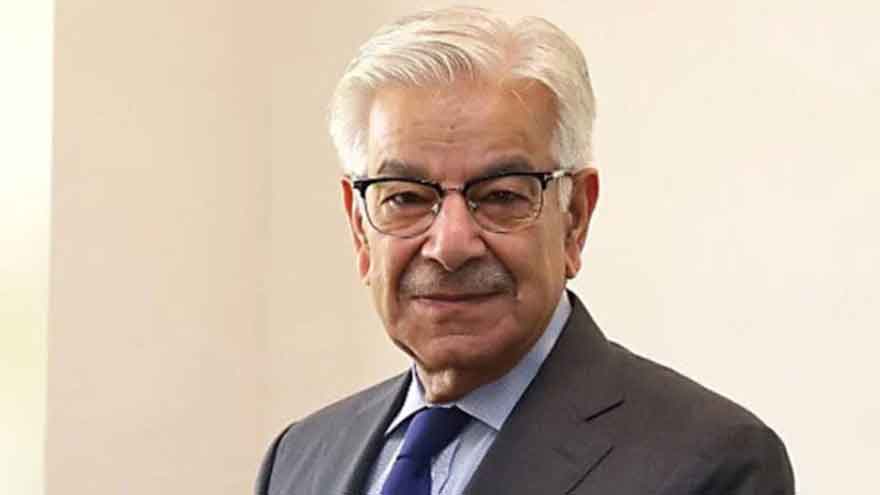OCM Charts show Pakistan's Economic Dominance over India in 1965-1990 Era
ISLAMABAD, April 13: Optimus Capital Management (OCM) has recently released insightful infographics shedding light on the economic trajectories of Pakistan and India. According to OCM's analysis, Pakistan's economic growth between 1965 and 1990 outpaced that of its neighboring counterpart, India.
The infographics unveiled during the Eid holidays illustrate a stark contrast in the economic performance of the two nations. While Pakistan exhibited robust growth during the specified period, India's growth rate, which surged to 6 percent in 1991-92, has since been on a steady decline, as highlighted by OCM.
Senior Economist Dr. Ashfaq Hasan, commenting on the findings, expressed concern over Pakistan's economic trajectory. He noted a worrying trend of decelerating GDP growth, which has averaged 3.4 percent per year over the past 15 years. Hasan emphasized the widening income gaps, rising poverty, and unemployment, attributing these challenges to a lack of focused efforts on economic improvement by successive governments.
OCM CEO Asif Qureshi underscored the importance of the comparison, stressing that while both countries face governance challenges, India's emphasis on quality education, a vibrant private sector, and advancements in science and technology have propelled its development forward. Qureshi lamented Pakistan's failure to implement necessary structural reforms, contrasting it with India's successful initiatives in the 1990s.
The analysis also points out disparities in global perceptions and media coverage, with negative incidents in Pakistan receiving disproportionate attention compared to those in India. Qureshi highlighted the adverse impact of such biases on investor sentiment, with capital flowing into India while Pakistan struggles to attract investments.
The data-driven comparison provided by OCM serves as a critical reminder of the divergent paths undertaken by Pakistan and India since their independence in 1947. While both nations share historical and geopolitical ties, their economic trajectories have diverged due to distinct policy approaches and global dynamics.




